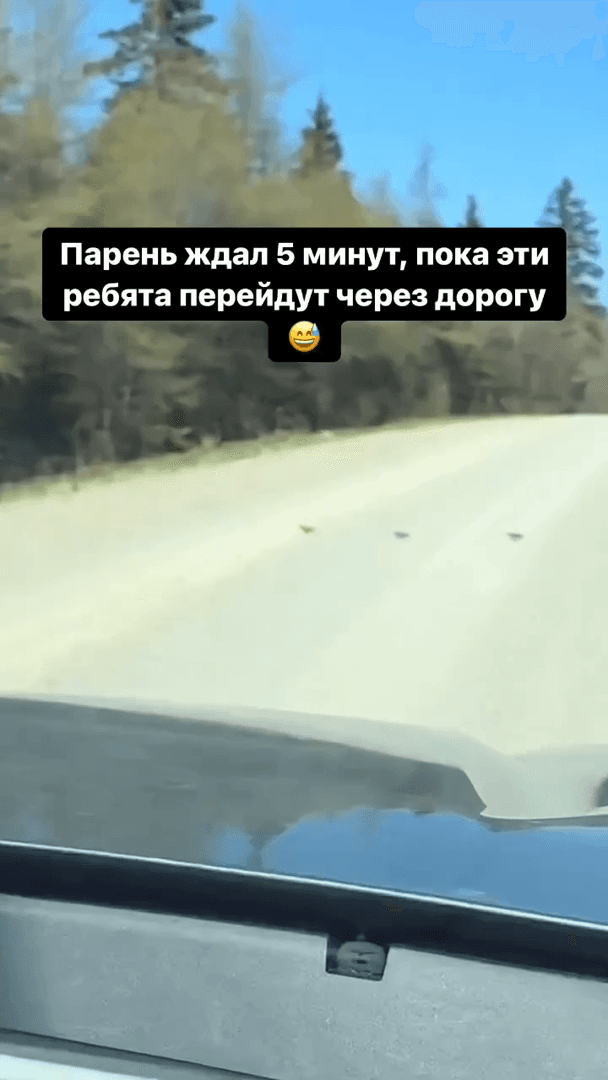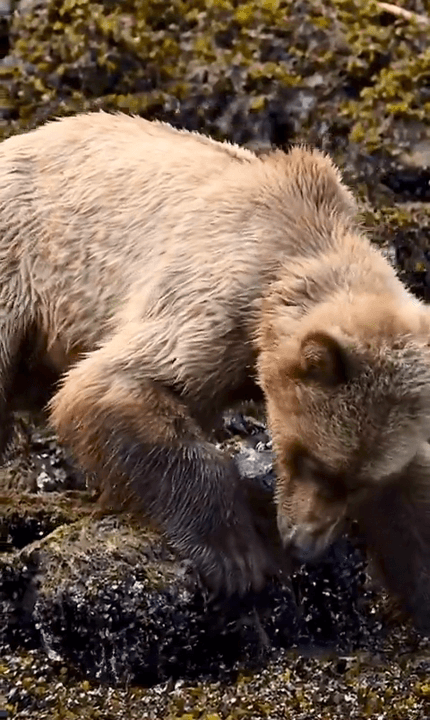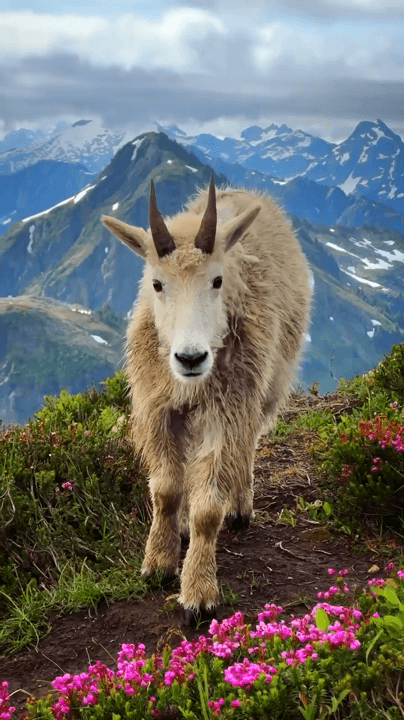
Woodcock rocks Friday
Post: 28 February 17:14

Post: 28 February 17:14

Post: 24 February 17:18

Post: 17 February 10:03

Post: 29 September 16:02

Post: 14 January 17:51

Post: 22 May 12:16

Post: 2 August 21:58

Post: 18 August 12:01
Post: 16 September 18:45

Post: 30 July 10:47

Post: 16 May 12:43

Post: 16 August 09:11

Post: 15 August 09:18

Post: 30 October 09:29

Post: 18 October 17:48

Post: 11 January 02:34

Post: 19 July 18:36

Post: 8 June 21:01

Post: 5 April 10:16

Post: 9 February 10:18

Post: 4 August 10:20

Post: 4 August 10:05

Post: 4 September 18:16

Post: 4 May 12:25

Post: 4 August 10:32

Post: 15 February 21:07

Post: 13 June 11:47

Post: 3 July 09:40

Post: 19 May 12:36

Post: 24 July 09:05

Post: 21 July 06:08

Post: 17 July 09:07

Post: 19 April 17:47

Post: 2 July 19:33

Post: 18 August 20:22

Post: 19 November 00:11

Post: 16 May 17:16

Post: 16 July 06:19

Post: 19 May 14:41

Post: 23 May 11:12

Post: 26 May 20:48

Post: 31 July 18:56

Post: 4 July 05:40

Post: 3 July 13:59

Post: 22 October 23:53

Post: 15 July 09:21

Post: 9 January 23:17

Post: 27 August 09:10

Post: 3 November 15:54

Post: 2 November 20:19